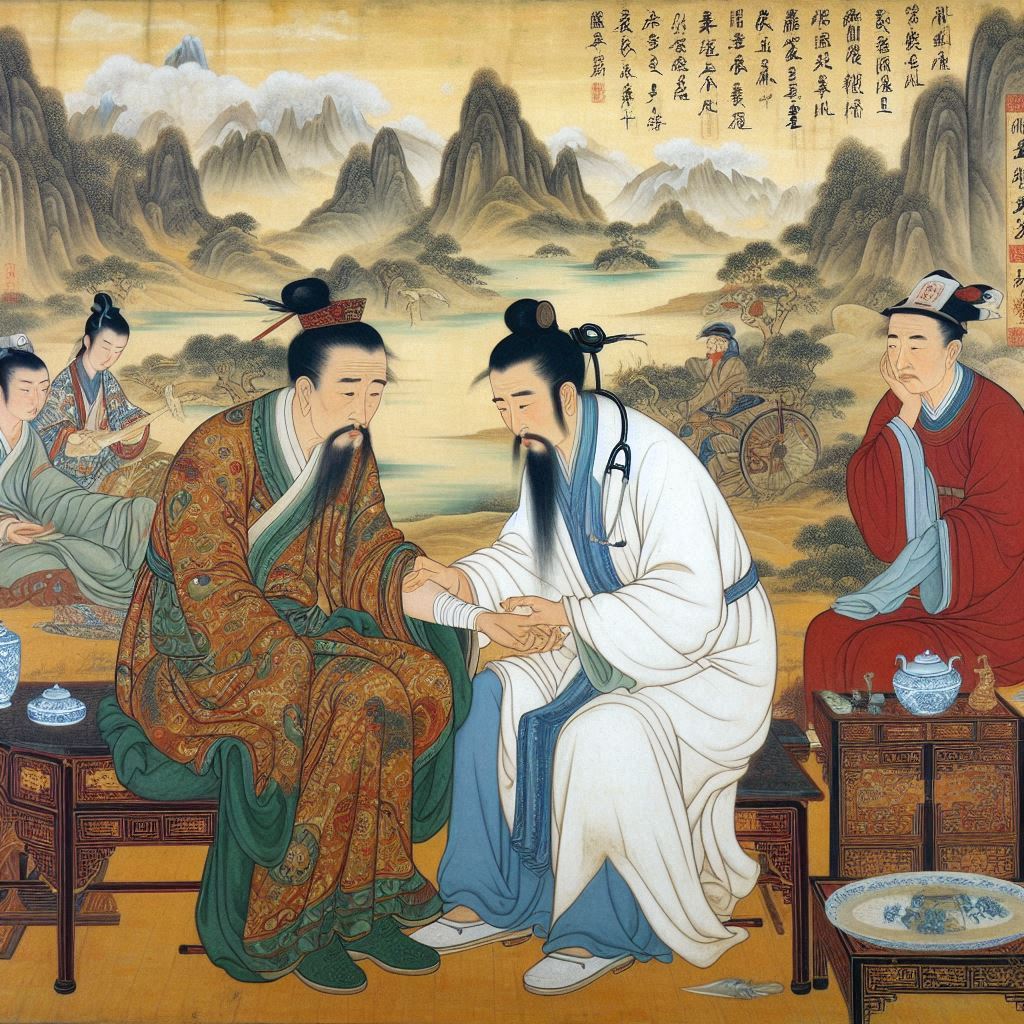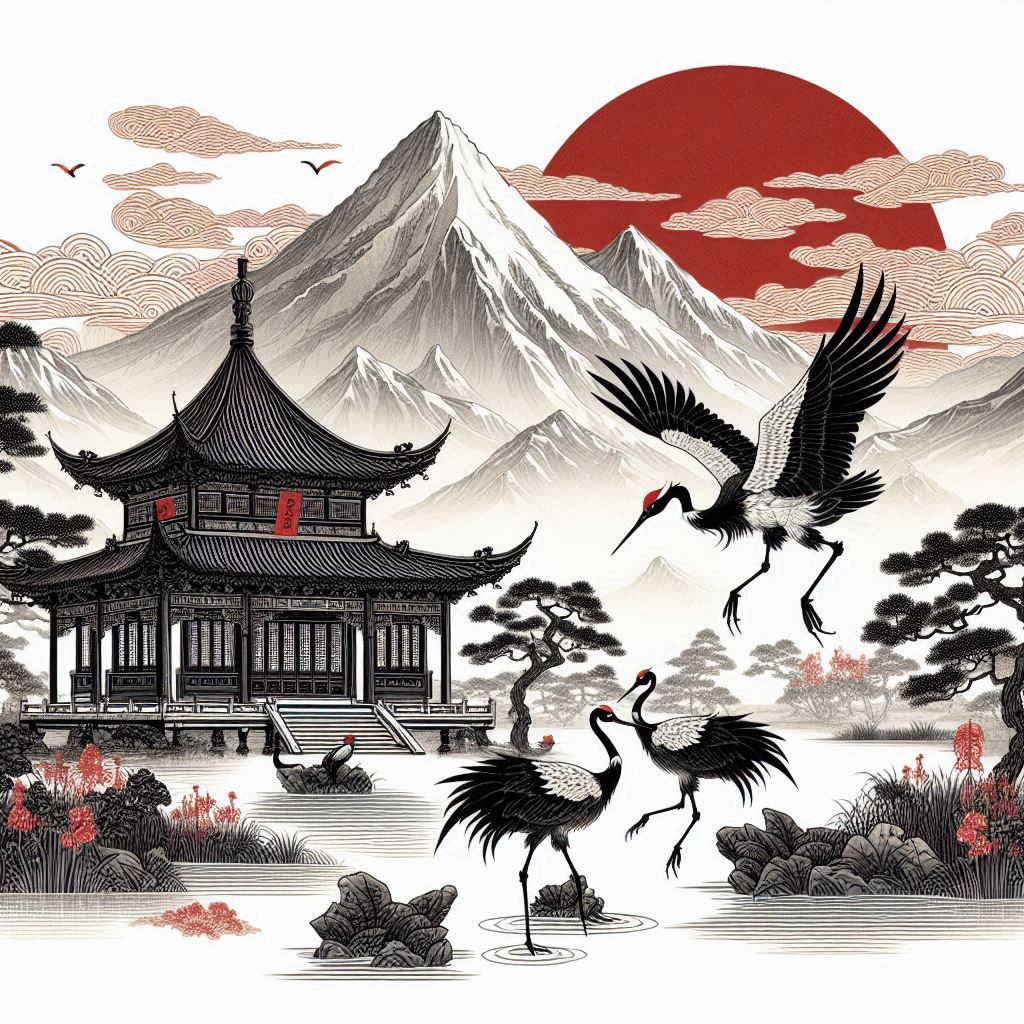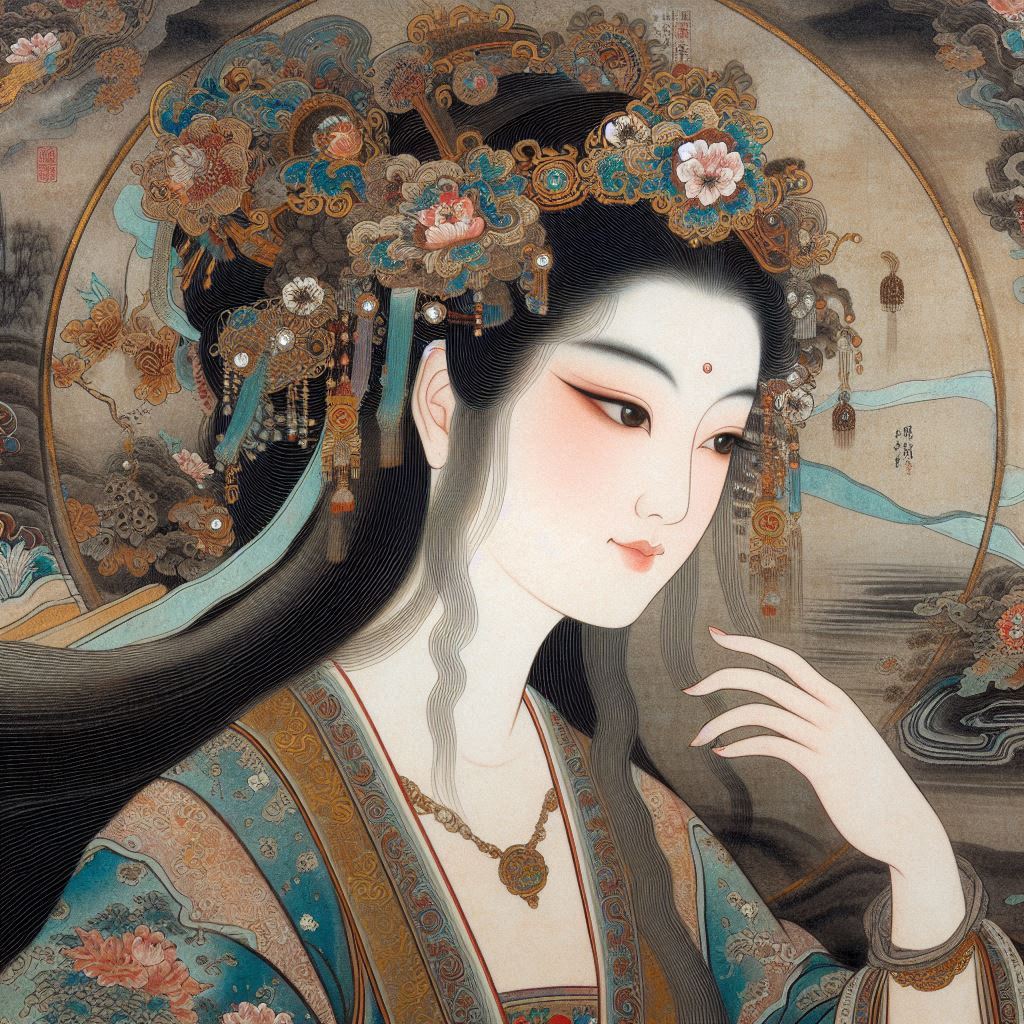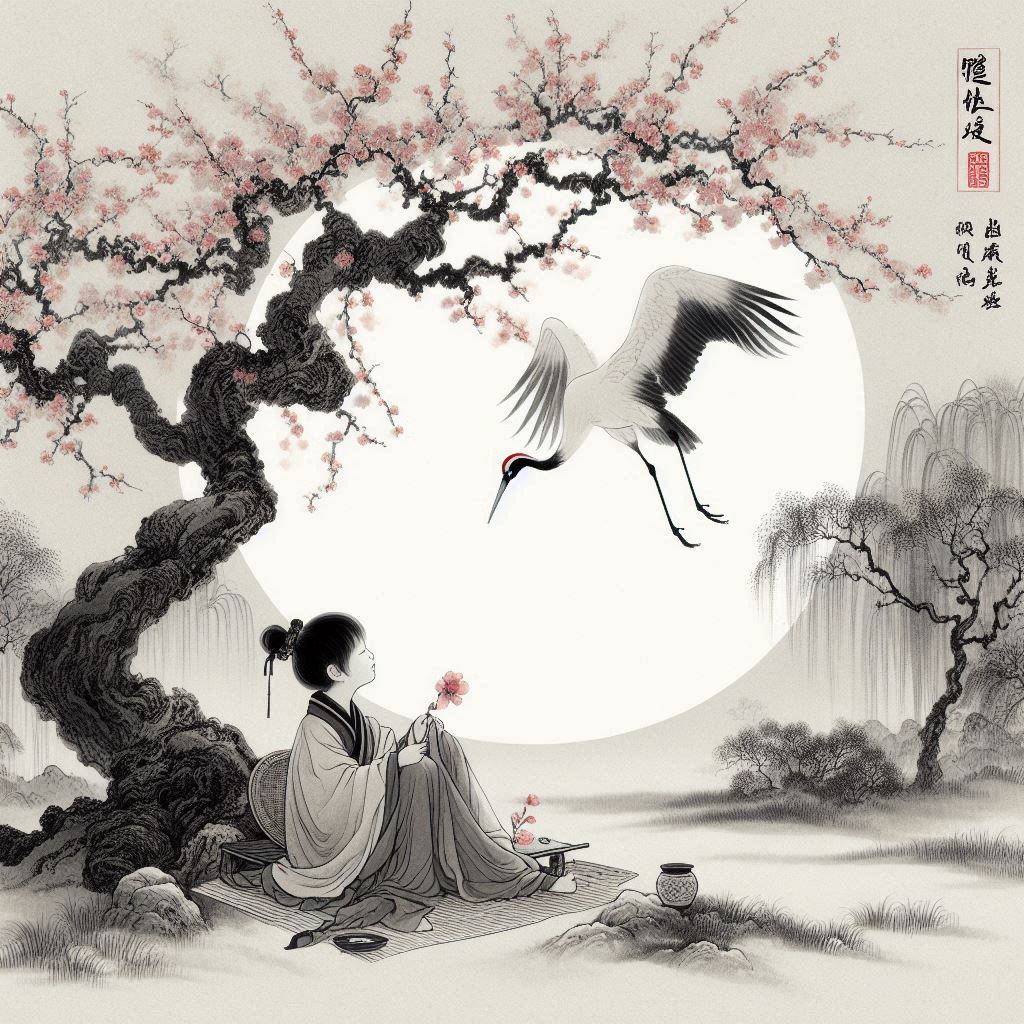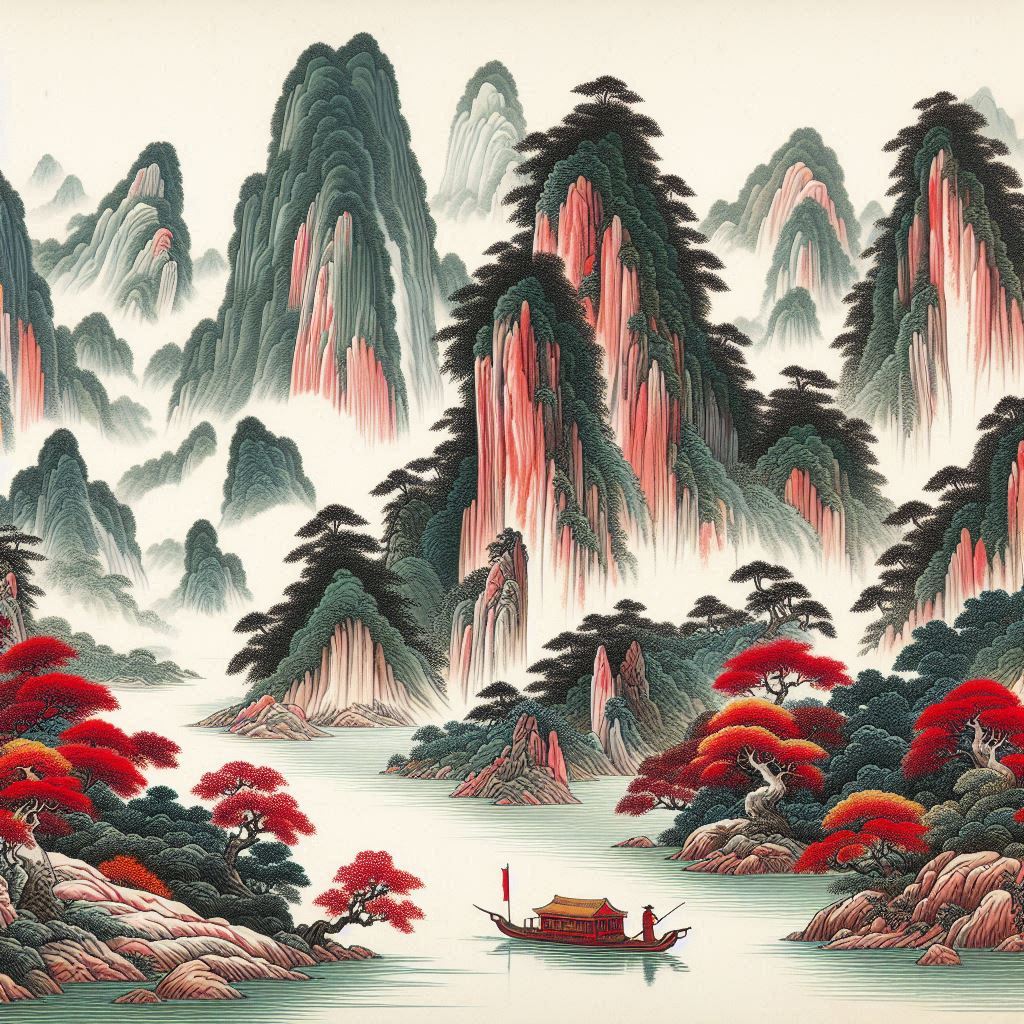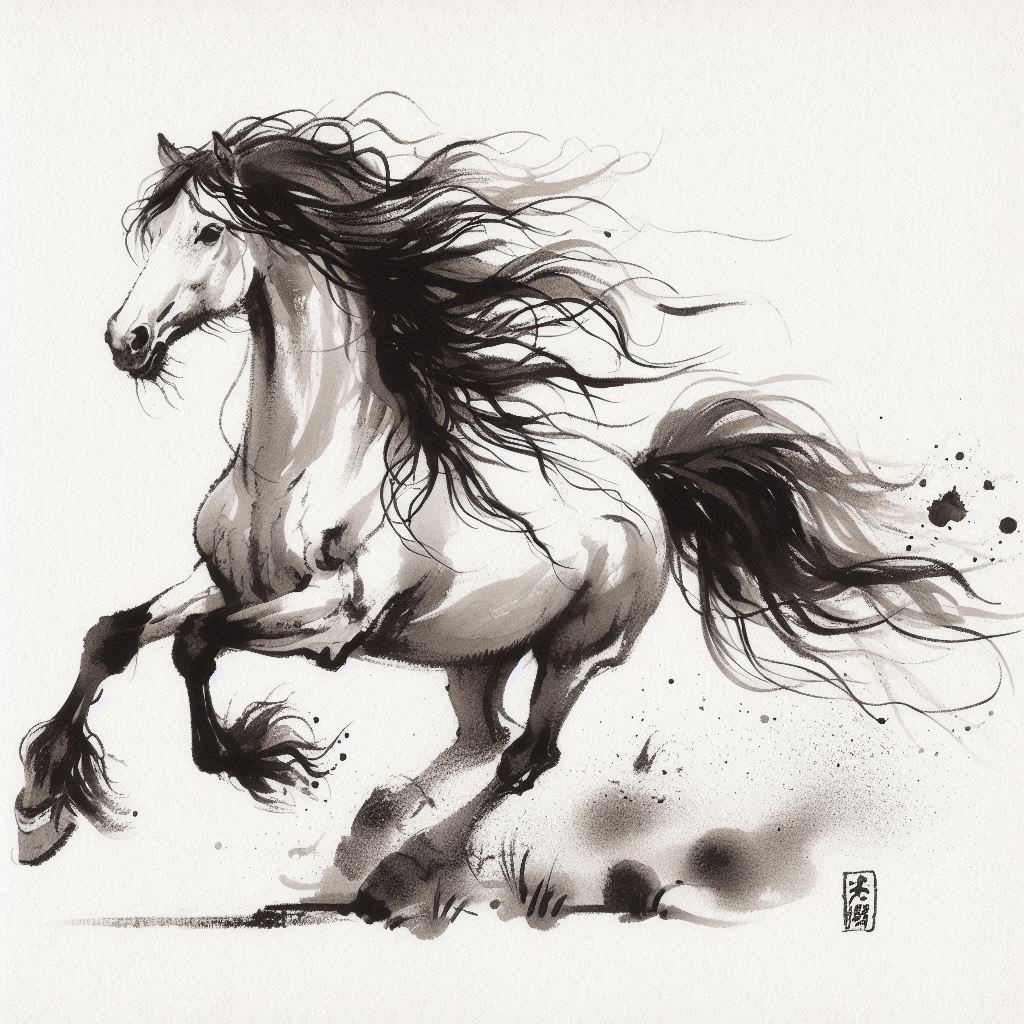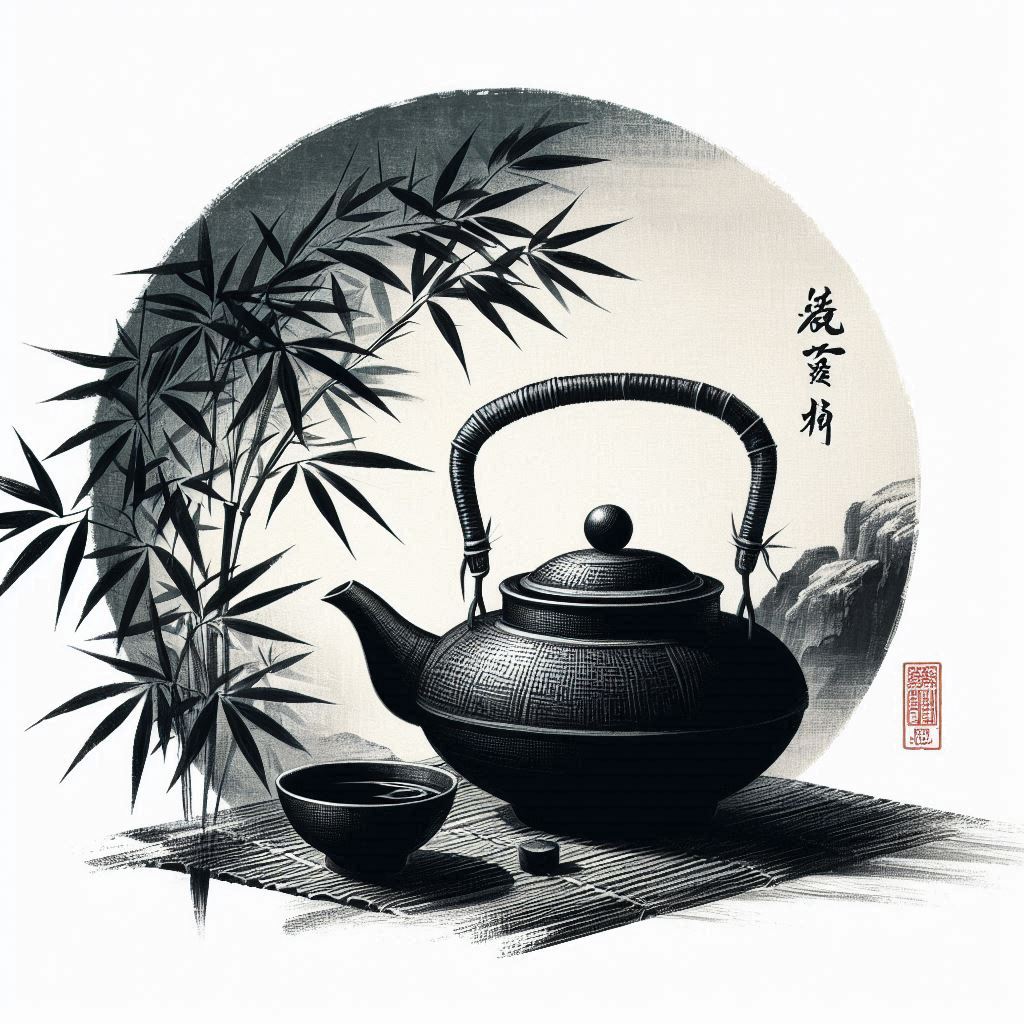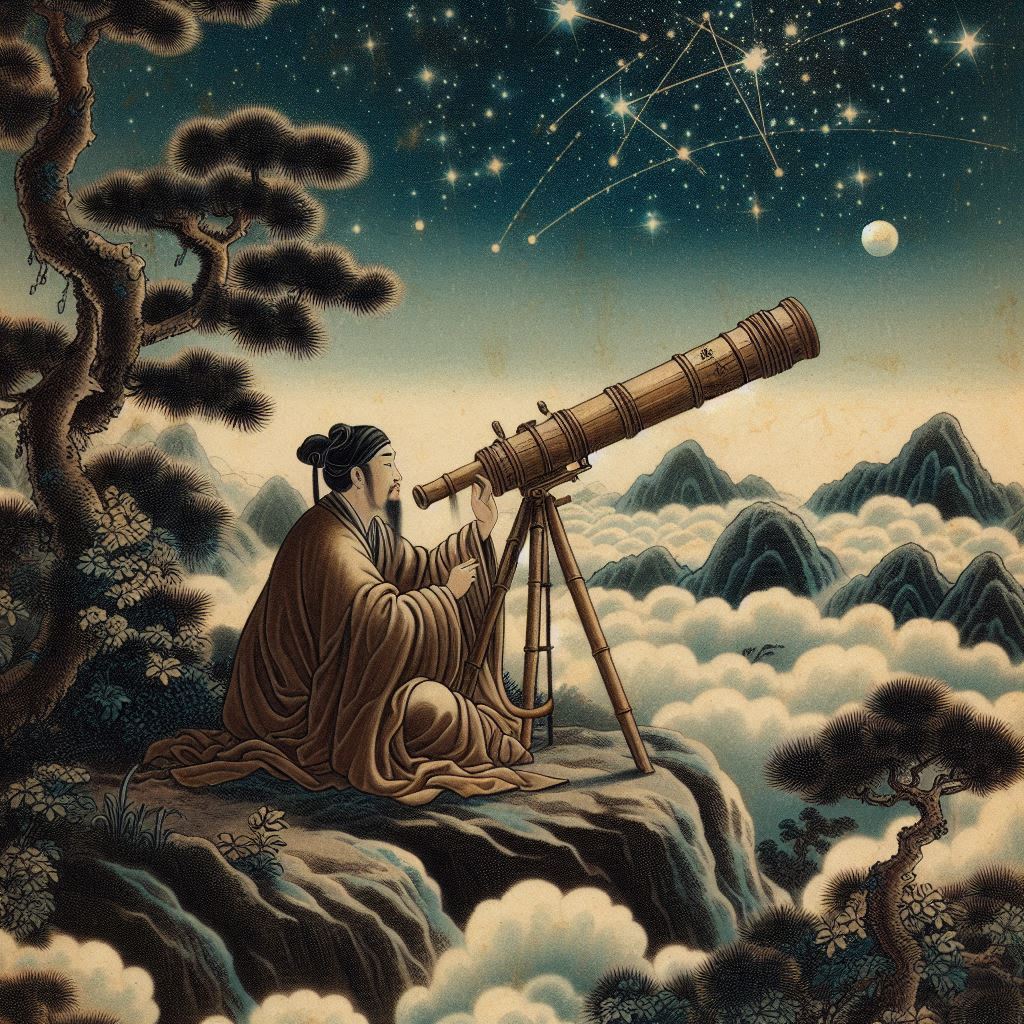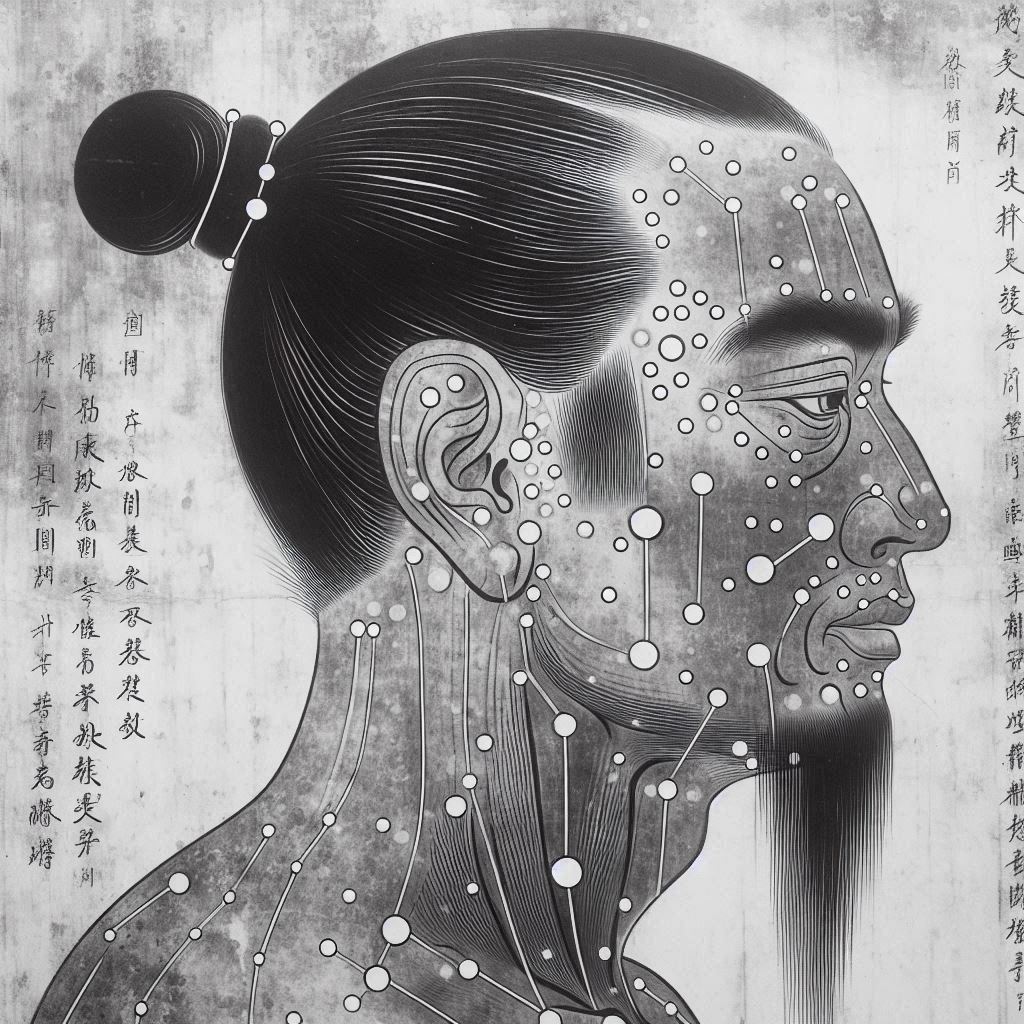The foundations of Chinese Materica Medica
Qin and Han dynasties were an important period in the development of traditional Chinese medicine. It laid the foundation of clinical medicine theory, syndrome differentiation and treatment, and Chinese Materia Medica.
Feudal rulers dreamed of longevity and eternal life. Certain precious metals (such as gold) and compounds (such as mercuric sulfide) were thought to bring immortality(2). Two major methods of making medicine arose in the Chinese Middle Ages. One is alchemy - the forerunner of pharmaceutical chemistry. Alchemy originated from the Warring states period and became popular in the Qin Dynasty(1). It is very possible that China is the actual birthplace of alchemy(2).
Together with precious metals and chemical compounds rulers were also searching for organic substances to prolong their life and there was one plant in specific - the “herb of immortality”. Around third or fourth century there were reports that there is an herb, which when ingested raised the dead from their graves and enabled the living to speak with the gods(2). Thus the process of researching herbs as healing entities had begun.
The founder of drug knowledge in China - Shennong (the “Divine Husbandman” also known as the “Divine Farmer”) - was considered a legendary personality(2). Shennong was believed to have taught the ancient Chinese not only the use of herbal drugs but also the practice of agriculture. Shennong is also thought to be the father of The Yellow Emperor (黃帝) who carried the secrets of medicine, immortality and making gold, and was one of the legendary Chinese sovereigns and culture heroes.
Shennong is considered the author of the famous Shennong Ben Cao Jin or Sheng Nong's herbal classic. It is a book on agriculture and medicinal plants and the first Materia Medica text in China. It is also one of the Four Great Classics of Chinese medicine together with the Huang Di Nei Jing (The Yellow Emperor’s Inner Cannon) – which we discussed in the previous dynasty, the Nan Jing (The Yellow Emperor's Eighty-one Difficulties Classic) and Shang Han Lun (Treatise on Cold Damage Diseases) - which we will both discuss below. In the book there are 365 drugs, which are divided into three categories: upper, middle and lower. The drugs in the upper class are herbs that contain no poison, such as ginseng, licorice, and dates. The middle class herbs have toxic, or potentially toxic properties of varying degrees. Some can cure weakness, such as lilies, angelica, longan and deer antler. Some can treat pathogenic disease, such as goldthread, ephedra, and scullcap. Lower herbs have a strong or violent action on physiological functions and are often poisonous. Such herbs are rhubarb, aconite, croton, etc.
The book also categorizes the herbs into "chief", "assistant", "envoy", and "messenger" and compares the medication principle of those herbs to the rules of monarch and subject relationship.
Prominent physicians and medical literature
Chun Yuyi is a famous physician from the Western Han dynasty (206B.C.~24A.D.). He was unique with that he kept detailed records of his patients such as name, profession, gender, address, cause of illness, symptoms, diagnosis, treatment and prescription. His records are considered the earliest medical records in the world and set an example for later medical practitioners in case report writing and the importance on keeping medical records(1).
Another pioneer in medicine was the famous physician Hua Tou from the Eastern Han dynasty (25-220AD). According to historical records he was the first person in China (and the world) to use anesthesia. He invented the so called Mafei powder to aid surgery by combining mafeisan 麻沸散 - which literally means "cannabis boiling powder" - with alcohol. Different scholars have different view of mafeisan. Some translate it as hashish, some as opium, and some as morpheein.
Besides treating patients Hua Tuo also recommended a special kind of physical exercises called the Five-Animal Exercise or “Five Animal Frolic”, known to be the oldest medical qi gong form. He researched and observed animal movements and combined his observations with the relationship between the Five Elements and the five major internal organs(3). The Five-Animal Exercise imitates the actions of five animals - tiger, deer, bear, monkey, and bird and serves as a method of therapy, recovery, and most importantly as a method for prevention of illness.
From the stimuli of epidemic outbreaks at the end of the Eastern Han Dynasty arose a famous medical scientist, who was later also known as a medical saint - Zhang Zhong Jing. Initially nurtured in the Confucian orthodoxies he wrote one of the Four Classics of Chinese Medicine – the Shan Han Lun (known in English as the Treatise on Cold Damage Diseases). It is the first text in Chinese medical history to adopt the Six Channels - Tai-Yang, Yang-Ming, Shao-Yang, Tai-Yin, Shao-Yin, and Jue-Yin - as a basis for diagnosis and to explain the etiology and pathological development of externally contracted febrile diseases. It describes the six stages through which a pathogen progresses from the exterior of the body (the skin) to the interior (the internal organs). Despite the fact that it was written over 2000 years ago this great influential work supplies the TCM practitioner with tools for differential diagnosis and principles of treatment that are still relevant and very much in use today(1).
The fourth book that belongs to the Four Classics of Chinese medicine is the Huang Di Ba Shi Yi Nan Jing - The Yellow Emperor's Eighty-one Difficulties Classic. It is so named because of its 81 chapters that seek to clarify confusing statements made in the Huang Di Nei Jing - The Yellow Emperor’s Inner Cannon – which again was discussed in the previous dynasty. Often referred to simply as the Nan Jing the text puts forward 81 questions for discussion, which cover various aspects such as physiology, pathology, diagnosis and treatment. Based on the theory of the Five Phases and the theory of Yin and Yang, the Nan Jing covers theoretical and practical medical management in an unusually systematic fashion. Yet due to changes in the annotations by experts and scholars of all ages, the current version of Nan Jing is no longer the original appearance of the original book.
Another prominent medical text from the Eastern Han dynasty is Zhenjiu Jiayi Jing - the AB Canon of Acupuncture and Moxibustion. It is the first treatise on acupuncture and moxibustion in Chinese history, as well as the first work combining the theories of acupuncture and moxibustion with the doctrine of acupoints. Compiled by Huang Fumi in the year of 259 it was composed under the principle “sorting the similarities, excluding the meaningless and useless words and sentences, deleting the unnecessary repetition and extracting the essence”. Huang Fumi did this by compiling the relevant portions of three classics – Huangdi Neijing Suwen (Plain Question of Huangdi’s Inner Canon), Zhenjing (Classic of Acupuncture), and Mingtang Kongxue Zhenjiu Zhiyao (Essentials of Treatment for Acupuncture and Moxibustion with Anatomical Charts and Acupoints). The first part of this book is dedicated to physiology and pathophysiology, as well as different acupuncture points indications and ways of puncturing them. The second part is dedicated to clinical knowledge such as pediatrics, gynecology, internal medicine and surgery. Most future literature on acupuncture and moxibustion was greatly based on Huang Fumi’s book(4).
The earliest Chinese literature on pulse theory and diagnosis was compiled during the Western Qin. The author – Wang Shuhe was an imperial physician and the name of his work is Mai Jing (The pulse classic). Wang Shuhe identifies and analyzes the methods of pulse-taking, such as the “nine readings and three portions” and the so called “cun kou pulse”, located on the radial artery. He reasons that the cun kou is a place on the wrist where the channels meet and the conditions of the internal organs manifest thus it is the best place of the body to take the pulse. He furthermore points at three positions on each wrist called the cun, guan and chi, that can inform about the condition of the internal organs that correspond to them. He also classifies the different pulse manifestations into 24 different types – floating, hollow, surging, slippery, rapid, hasty, wiry, tight, deep, hidden, drumskin, excess, faint, choppy, thread, soft, weak, deficient, scattered, moderate, slow, knotted, intermittent, and throbbing. The work has detailed discussions on pulse diagnosis and describes various pulse shapes. It furthermore discusses the patterns of pulse manifestations and possible treatments(5). During the Tang Dynasty the Imperial Medical Institute required this book as mandatory literature for the medical students and it is essential literature for the TCM students even today.
Last but not least we will mention the earliest record of infectious diseases - Zhou hou bei ji fang – usually translated as Handy therapies for emergencies, written by Ge Hong. Infections such as "Corporeal disease" (tuberculosis), "drug disease" (acute jaundice hepatitis), "epithelial disease" (acute lymphangitis), "evil core disease" (acute lymphadenitis), "scrofulous" (cervical lymphadenitis), "hydatiduria" (gangrene), and the causes, symptoms, and treatment of "mass carbuncle" (acute mastitis) - all discussed in the book - are the earliest mentioned in medical records. It further describes methods for the use of the herb Qing Hao (Artemisia annua) for the treatment of intermittent fevers and malaria. Today, the Artemisia annua’s constituent artemisinin is an important antimalarial drug and the herb itself is being grown and used locally for malaria treatment(6)
YS
(1) "History of TCM" - in-class presentations by medical students at Shenzhen University, China, 2016
(2) Unschuld, Paul (1943). Medicine in China. London: University of California Press, Ltd.
(3) Zhang Chunna, Tina / Allen, Frank (2006) Classical Northern Wu Style Tai Ji Quan: The Fighting Art of the Manchurian. Berkeley: Blue Snake books
(4) Wuli, Hong (1997) Encyclopedia of the history of science, technology, and medicine in Non-Western Cultures. Netherlands: Kluwer Academic Publisher
(5) Tu, Ya / Fang Tingyu (2014). History and Philosophy of Chinese Medicine. Beijing: People’s Medical Publishing House

